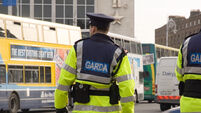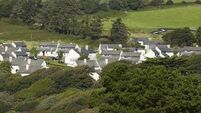All aboard for rail travellers on night of nostalgia
The West Cork Hotel tracked down some of the passengers who travelled on the last train into Skibbereen on Good Friday, 1961, and invited them to a special function to mark the event’s 50th anniversary.
Hotel owner Tim Looney said he was inspired to organise the event by the hotel’s close links to the railway.













